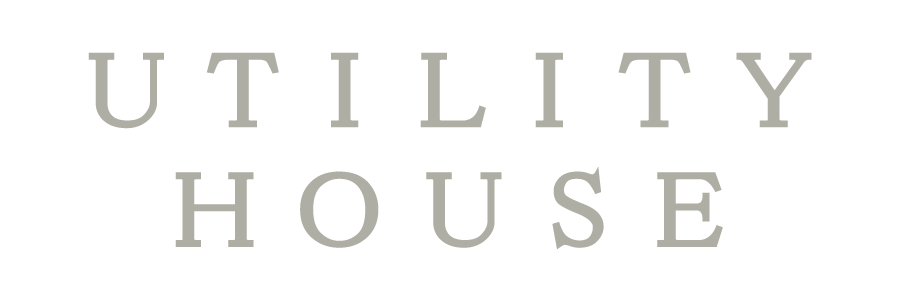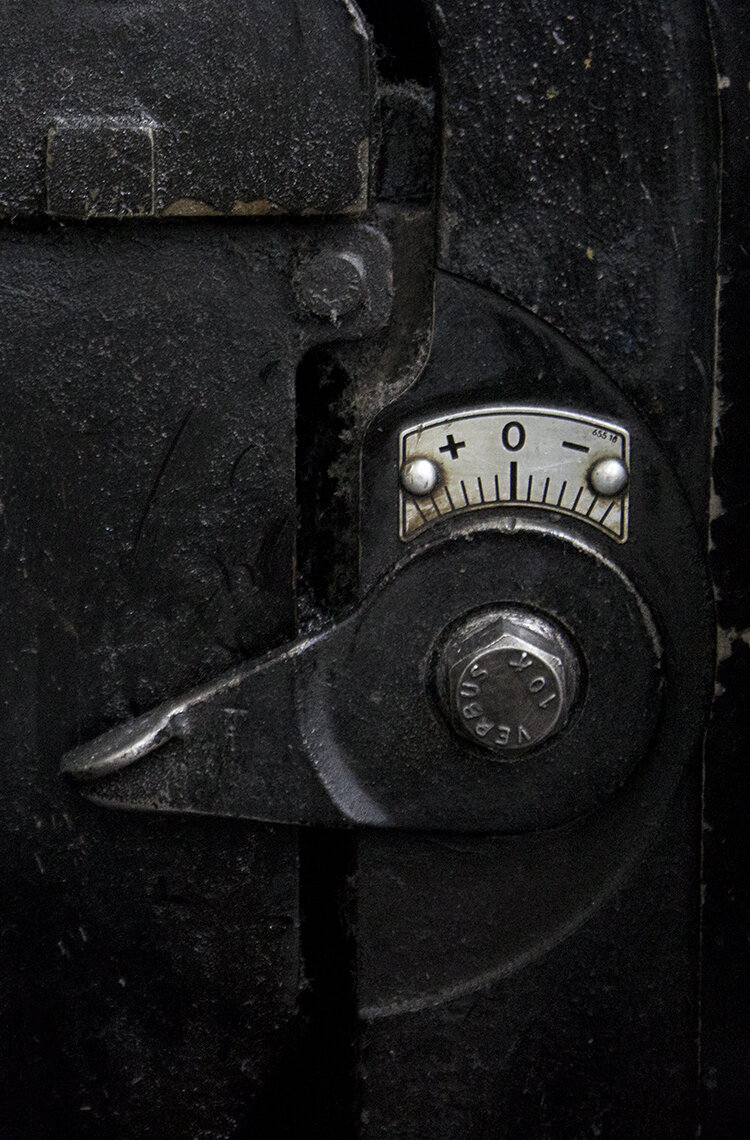The Lowdown on Letterpress
If you're reading this, you've likely heard of letterpress before but probably haven't looked into what is actually involved in letterpress printing. To be honest, I had very little grasp on what letterpress was until last year when I had my wedding invitations printed. I don't know what came over me (bridal brain, most likely) but I was determined to do whatever it took to make my invitations special and a little different. I had received a handful of invitations in the past that were all pretty much the same format: digitally printed on smooth white cardstock in various wedding colours. I had a feeling letterpress was the best way to elevate the typical invitation suite and, thankfully, my gut was right.
Letterpress has been around for centuries and used to be the main printing method until it took a backseat to new, faster technologies. The very breakdown of the word - letter and press - gives away the general idea: a message being pressed into paper. So what's the big draw? With endless possibilities for digital printing, why revert back to this old style of printing?
Sure, close up shots of stunningly simple wedding invitations can help you recognize letterpress, but chances are you won't know real letterpress printing until you feel it. The beautiful impression of solid ink into thick cotton paper is something stationery lovers dream of. It takes a flat design and turns it into a tactile and interactive piece. While there are other printing techniques that can elevate plain paper, there's something about a beautiful design inked up and pressed into high quality cotton paper that makes me gitty. And trust me, I'm not the only one.
This past summer, I stopped my printer to witness first hand one of my designs being printed. My new friend Dave at Eagle Press Printers here in Burlington kindly let me get in his way for the hour it took to run through the job. Like most printers who know how to operate these machines, Dave learned from his father and is now teaching his son. You've probably noticed that there aren't a lot of local Letterpress 101 classes to take - typically printers learn through family businesses or apprenticeships with experienced printers. As you can imagine, it's not a popular profession but I am so grateful that there are still printers willing to provide this service to the industry.
THE PROCESS
You can see in the last photo a metal block with a design on it - that's the die. Once your design is approved, I'll prep the file and it's sent to the diemaker's who create a reversed version out of metal secured to a wood block (I usually keep these after a job is done - they're really cool!). This die is loaded into place with spacers around it to keep it in place. During each pass, the machine applies a thin layer of ink to the die, grabs a sheet of paper, and presses the die into the paper, revealing the design printed (the right way!). It's a really cool and surprisingly fast process. But because it moves so quickly, it's incredibly important to keep an eye on it. One paper slip and things can get jammed - there aren't even any error notifications to help you out!
DESIGNING FOR LETTERPRESS
While the fact that you need a solid die rules out design options like gradients or full colour artwork, there are still a lot of ways you can customize letterpress. A variety of ink options are available (sometimes even metallic) and the paper you choose can add a lot of personality to the piece. Try jewel tones on a pastel stock for a colourful and bold look or cream on white for the most subtle and sophisticated bridal look. That's where I come in!
As your personal paper stylist, I'll work with you to come up with the best combination to represent your big day. If letterpress sounds like something you're interested in, let me know and we can chat more about your options. We can flip samples of previous projects and a variety of paper samples over coffee. I find that's the best way to get started :)









